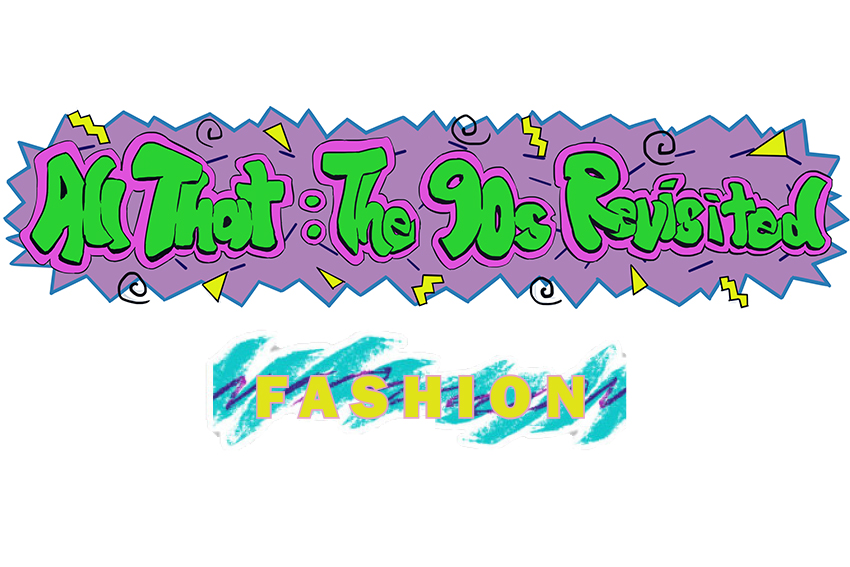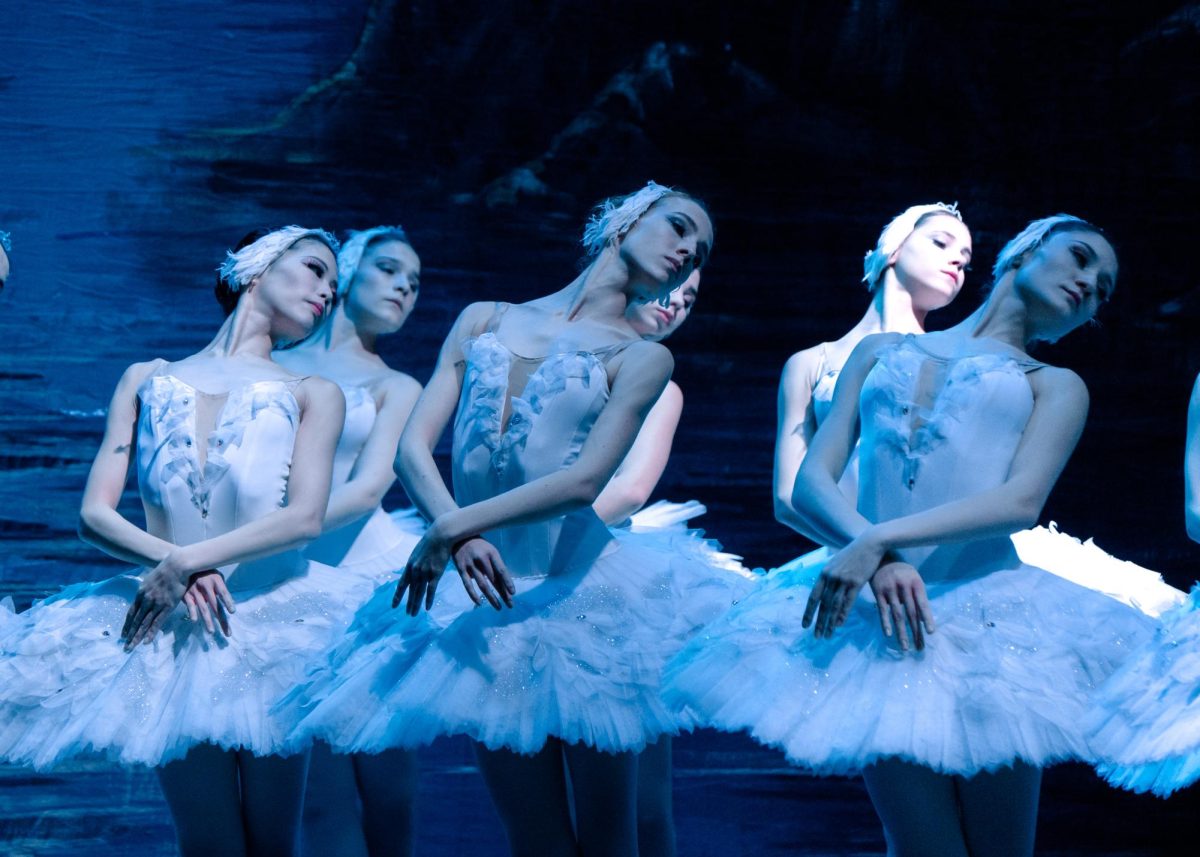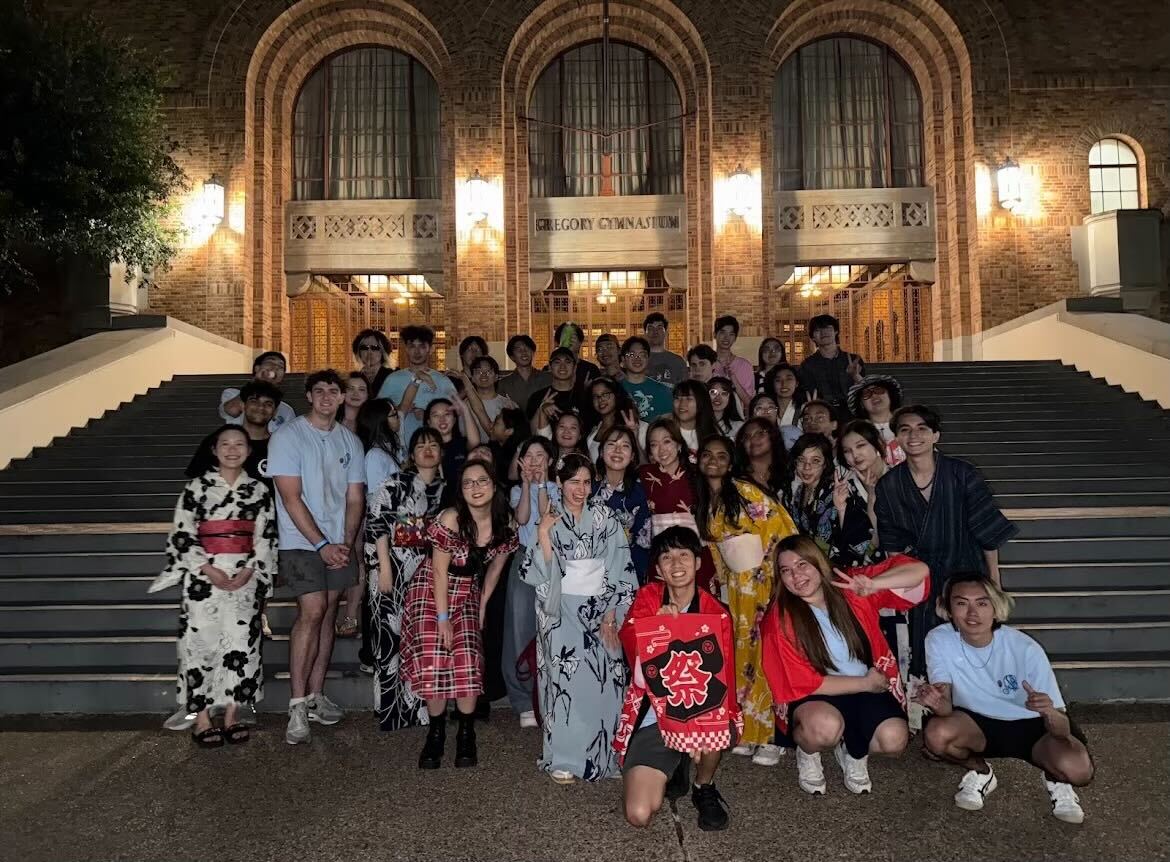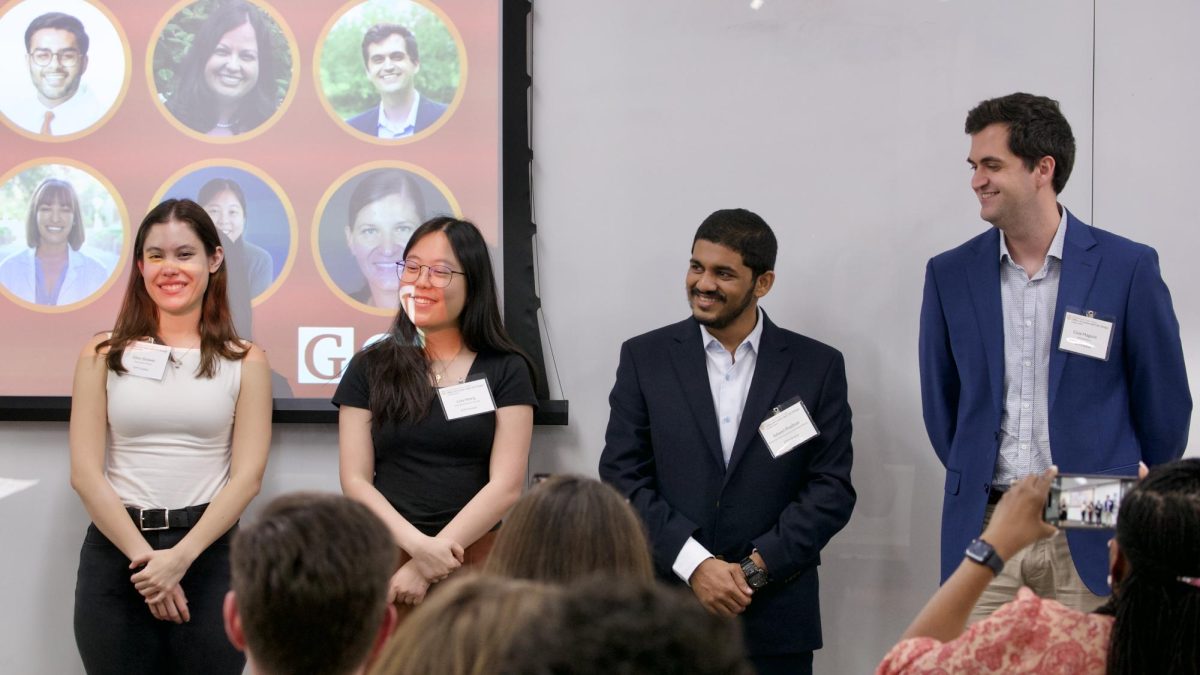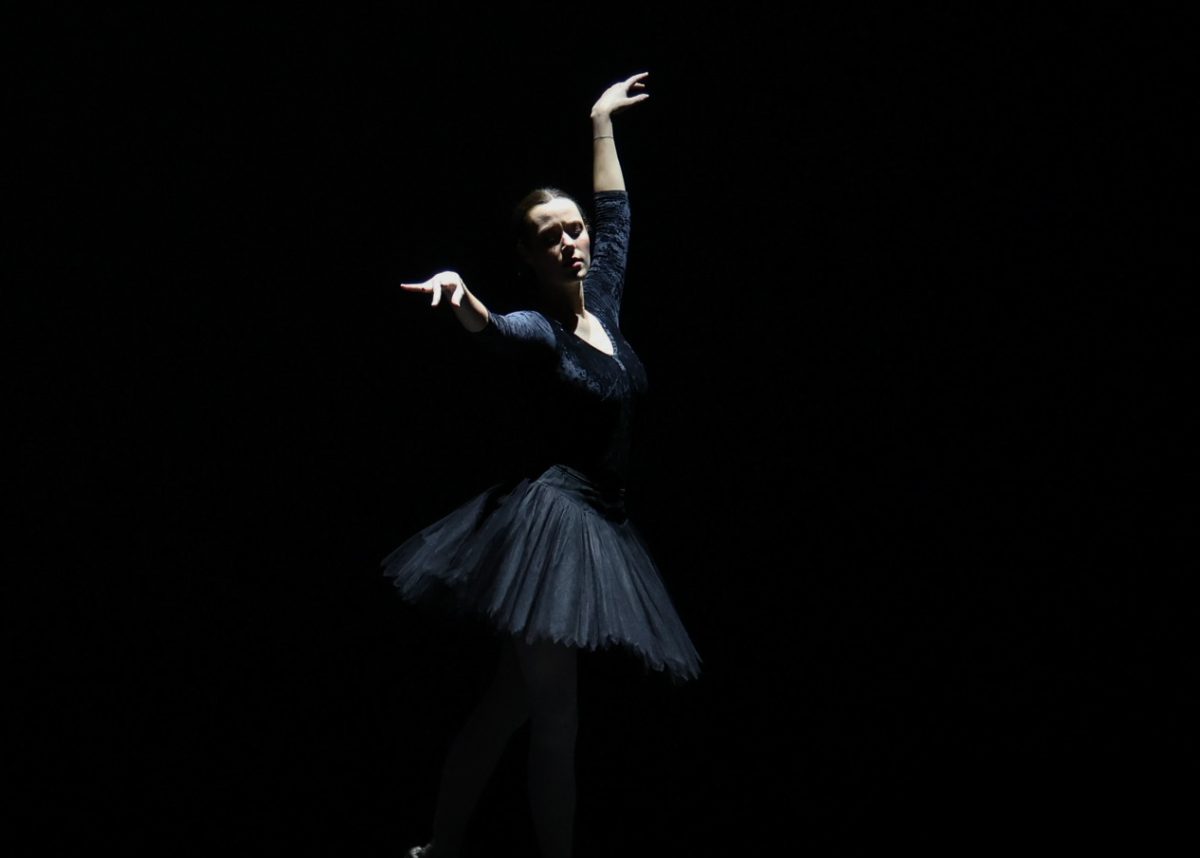The fashion of the 1990s hearkens images of Liv Tyler circa her role in “Empire Records” dressed in oversized flannel, scuffed Doc Martins and faded ripped denim. Gold Reebok hi-tops, black opaque leggings and over-sized band T-shirts crowded the streets with a new minimalistic take on fashion, compared to the more ornate and showy trends of previous decades.
Recognized as the anti-conformist fashion era, casual chic and grunge fashion soared in demand and alternative rock and hip-hop brought an unkempt, oversized fit to the forefront of ‘90s fashion.
Textiles and apparel senior Marisa Garcia said the grunge era has remained a huge inspiration to her personal aesthetic.
“I associate that style with rock and metal music I liked from that era like Primus, Rage Against the Machine, Smashing Pumpkins and Blink 182, so it’s not just a fashion trend, it was part of a scene that is nostalgic to me,” Garcia said.
Music served as a muse for another major trend of the ‘90’s — hip-hop fashion. Baggy stonewashed jeans, matching tracksuits and sleek bomber jackets took mainstream fashion by storm.
While UT textiles and apparel lecturer Ockhee Bego agrees that icons like neon-wearing Will from “The Fresh Prince of Bel Air” impacted the trends of the time, she attributes the casual, free-form style of the ‘90s to the economic turnaround.
“Fashion has a lot to do with the economy,” Bego said. “The ‘90s was when everything started to come back around. People got more comfortable with themselves, and they didn’t want to be restricted in any way at all — freedom.”
This carefree attitude and individualized expression translated to flowy babydoll-cut dresses paired with white slouch athletic socks and bold, geometric prints. Though not quite androgynous, many people opted for oversized, unisex apparel.
“The ‘90s is a hard time to describe because there wasn’t a certain look,” Bego said. “Even the girls took on a boys’ look. Women were starting to have self-expression, and were not constricted by this idea of the way women should look and dress — we didn’t conform to that anymore.”
People began moving away from the concept of groupthink to personal branding during the lead-up to the 21st century. Bego said the rise of notable supermodels like Tyra Banks and Kate Moss, who reached first name basis fame and transcended the brands they represented, are examples of this trend.
“These girls built their own images, and they branded themselves as separate from this cohesive group of models,” Bego said. “This is trend of brand creation, and individualizing from the ‘90’s has really been a key concept that has carried on to today.”

